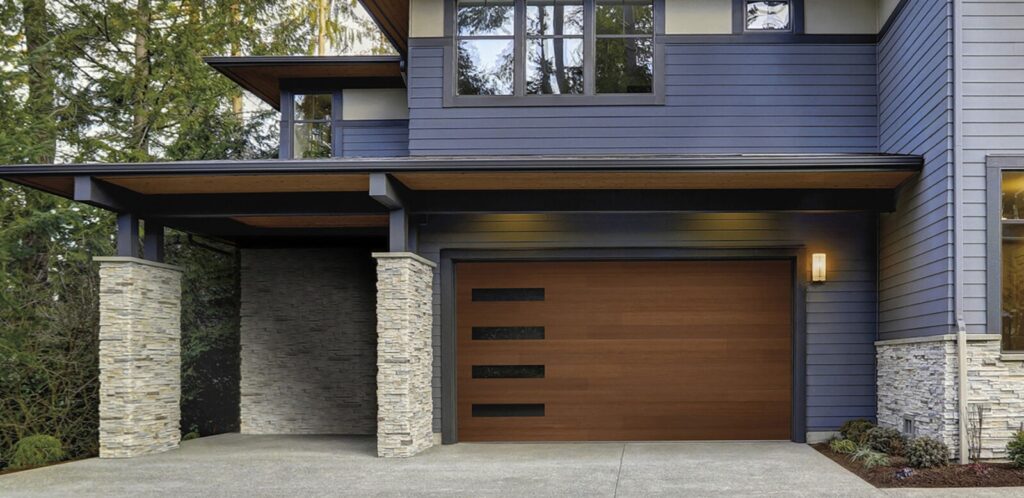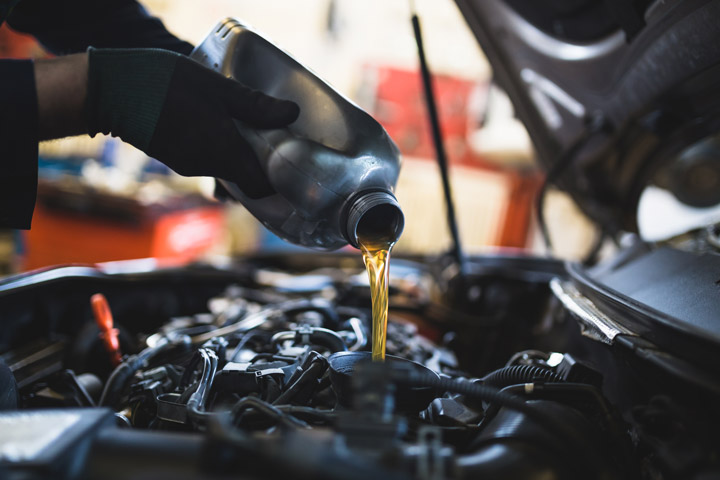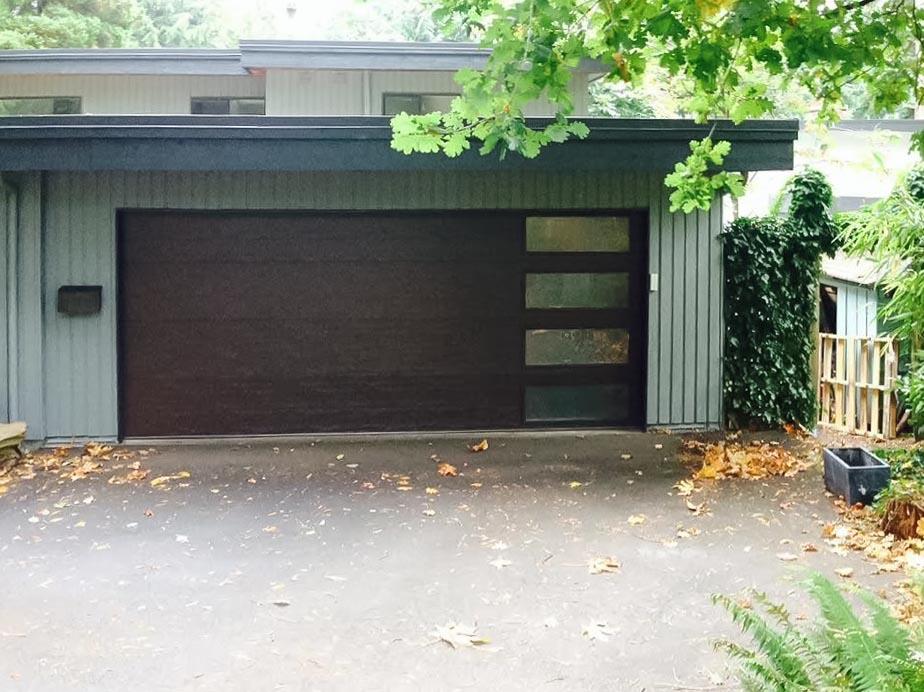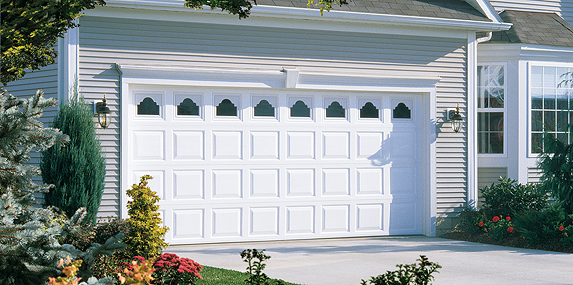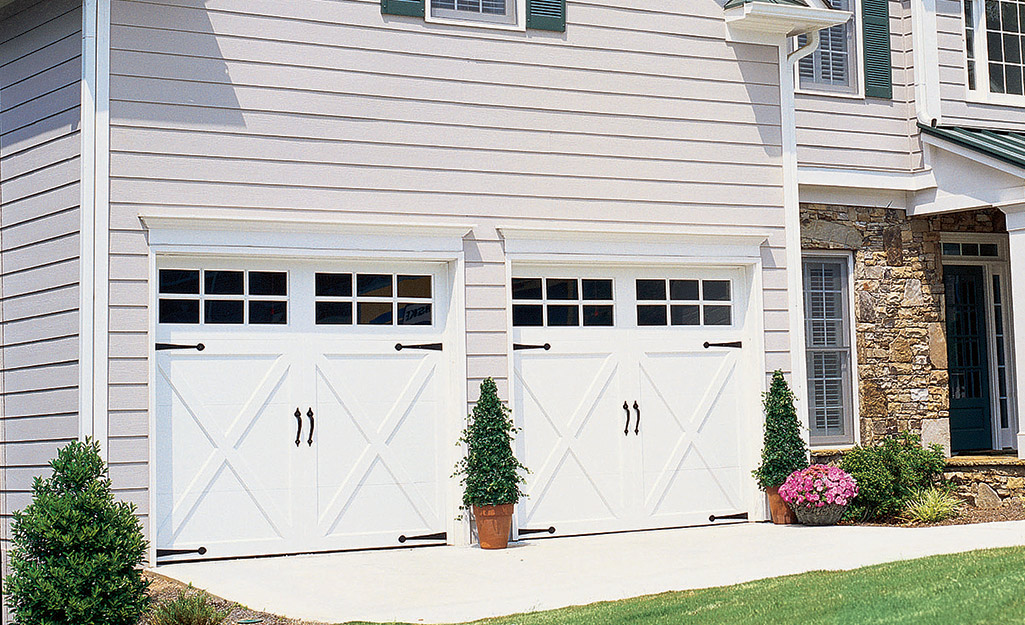Windows Replacement Nort TX replace your windows is crucial for maintaining the comfort, energy efficiency, and aesthetics of your home. Here are some signs to look out for:

- Drafts and Air Leaks:
- One of the most noticeable signs that your windows need replacement is drafts or air leaks around the frames. If you feel cold or hot air coming in from the outside, especially when the windows are closed, it indicates that the seals may be failing, and the windows are no longer effectively insulating your home.
- Increased Energy Bills:
- If you’ve noticed a significant increase in your energy bills, it could be due to inefficient windows. Old or poorly insulated windows allow heat to escape during the winter and cool air to seep in during the summer, forcing your HVAC system to work harder to maintain a comfortable indoor temperature.
- Difficulty Opening or Closing:
- Windows that are difficult to open or close, or that stick or jam when you try to operate them, are a clear sign of wear and tear. This could be due to issues with the frame, sash, or hardware, and it may indicate that the windows need to be replaced for smoother functionality and better security.
- Visible Damage:
- Inspect your windows for visible signs of damage, such as cracks, rot, warping, or decay in the frames, sashes, or glass panes. These structural issues not only compromise the integrity of the windows but also detract from the appearance of your home and may pose safety hazards.
- Condensation Between Panes:
- Condensation forming between the panes of double or triple-pane windows is a clear indication of seal failure. When the insulating gas between the glass layers escapes, moisture can accumulate inside the window, leading to fogging or cloudiness that cannot be wiped away. This not only obstructs your view but also diminishes the thermal efficiency of the windows.
- Excessive Noise Transmission:
- If you notice that outdoor noise, such as traffic or neighborhood activities, is more audible inside your home than it should be, it may be a sign that your windows are not providing adequate sound insulation. Upgrading to new, soundproof windows can help reduce noise transmission and create a quieter indoor environment.
- Faded or Damaged Window Treatments:
- Pay attention to the condition of your window treatments, such as curtains, blinds, or shades. Fading, discoloration, or damage to these materials may indicate that your windows are allowing excessive sunlight and UV rays to enter your home, which can cause furniture, flooring, and décor to fade over time.
- Security Concerns:
- Windows that are old or damaged may compromise the security of your home, making it easier for intruders to gain access. If your windows are difficult to lock or if the frames are weak and susceptible to break-ins, it’s time to consider replacing them with newer, more secure models featuring advanced locking mechanisms and durable materials.
- Outdated Appearance:
- If your windows look outdated or no longer complement the style of your home, replacing them can improve curb appeal and enhance the overall aesthetic appeal of your property. Upgrading to modern, stylish windows can give your home a fresh, updated look while increasing its value and marketability.
- Age of the Windows:
- As a general rule of thumb, if your windows are more than 15-20 years old, it’s worth considering replacement, even if they don’t exhibit obvious signs of damage or wear. Older windows are likely to be less energy-efficient and may lack features found in newer models, such as low-emissivity coatings, argon gas fills, and thermal breaks.
In conclusion, paying attention to these signs can help you determine whether it’s time to replace your windows. Investing in high-quality, energy-efficient windows not only improves the comfort, functionality, and aesthetics of your home but also enhances its value and reduces long-term maintenance costs. If you notice any of these signs, consider consulting with a reputable window replacement contractor to explore your options and find the best solution for your needs.
North Texas Home Exteriors
1-817-201-6800


